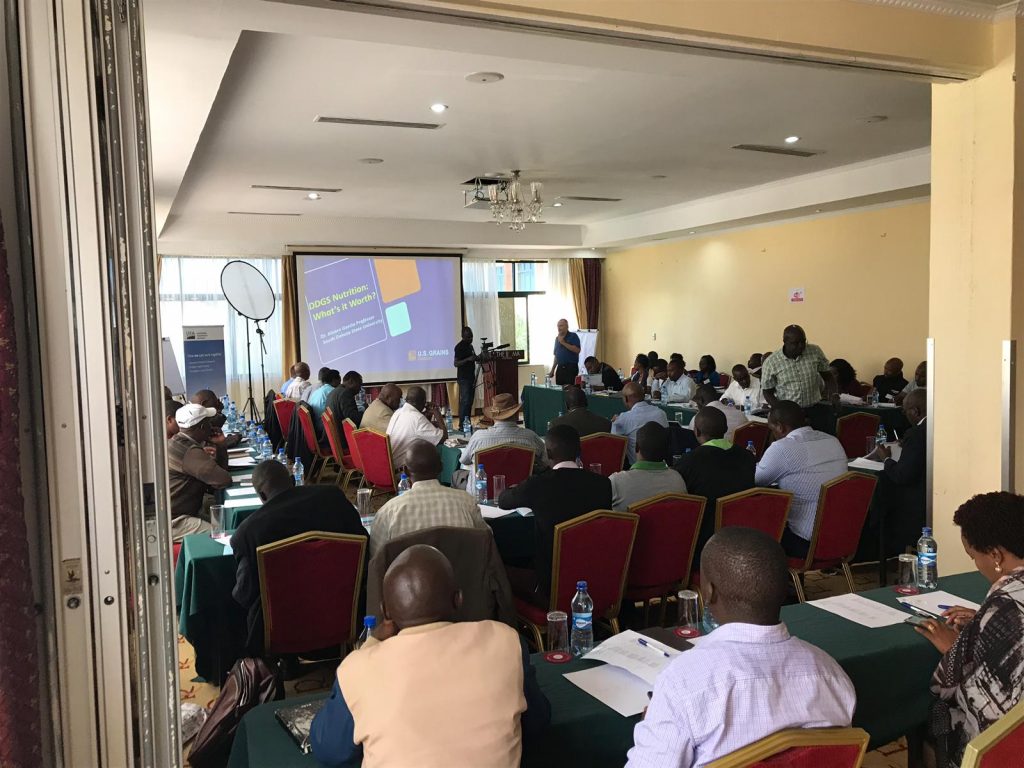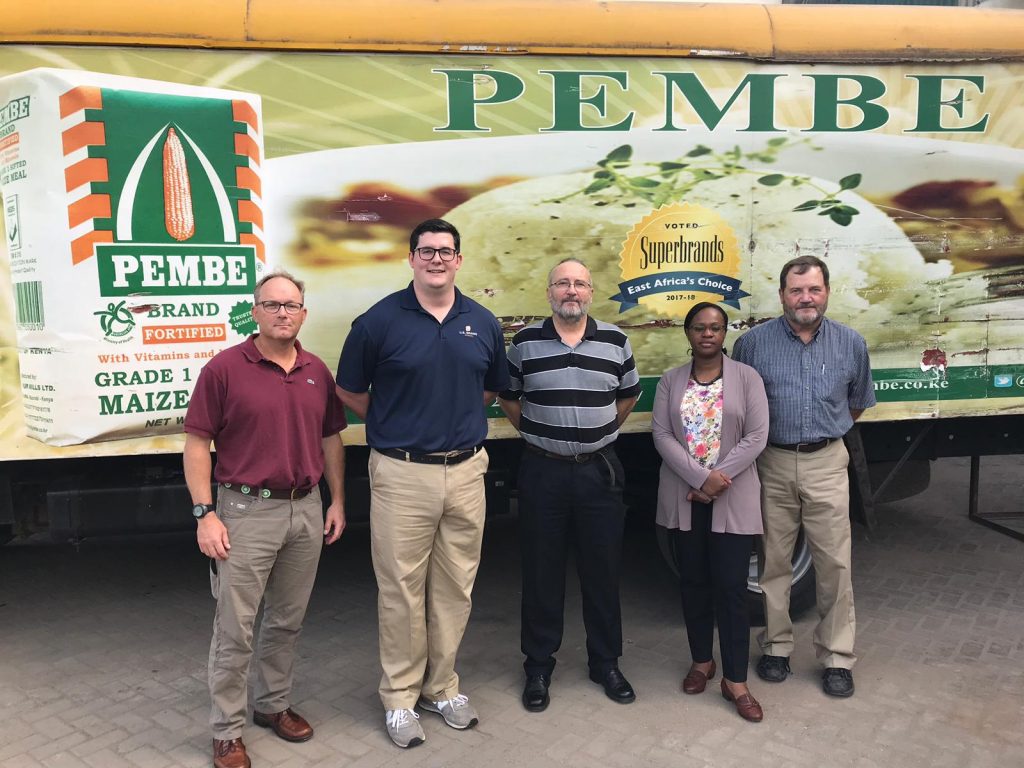The U.S. Grains Council sent its first commercial mission to East Africa last week after years of programming geared toward developing the feed industry – in hopes that U.S. sorghum and dried distiller’s grains with solubles (DDGS) could enter these markets.
The East African region has an annual deficit of almost 2 million metric tons (78.7 million bushels) of corn during a normal year. Compounding this situation, the region experienced a drought last year that has increased needs by an additional 1 million tons (39.7 million bushels) – with drought conditions expected to continue into next year.
As a result, feed producers in the region are paying as high as $375 USD per metric ton for corn and more than $700 USD per metric ton for soybean meal. Local industry has increased pressure on government officials to allow procurement of lower-cost feedstocks – naturally gravitating them to consider the United States as potential origin.
“Having the economics on your side certainly makes market development easier,” said Reece Cannady, USGC manager of global trade, who participated in the mission. “This market has not been an easy egg to crack, but when the domestic industry is hurting, it is easier to get the feed industry’s attention when you explain their potential savings just by using an alternative feedstock – like sorghum or DDGS – that they haven’t explored before.”
East Africa’s market potential continues to grow due to a number of macroeconomic factors. Sub-Saharan Africa has the highest population growth rate globally at 2.4 percent annually. As population in the region continues to balloon and the middle class expands, meat demand continues to rise, creating export opportunities for U.S. feedstocks.
“Currently, there is at least 1 million tons (39.7 million bushels) of potential sorghum demand and 75,000 tons of potential DDGS demand annually in the region, recognizing numerous logistical barriers must be addressed before high-volume trades can be executed,” Cannady said. “And that is just the tip of the iceberg. Africa will be a key destination for U.S. coarse grains in the future. Having a foothold in the market when opportunities arise will give U.S. farmers a greater advantage in capturing these sales.”
Following this mission, the Council will continue programming in East Africa, supported by funding for the next two years by the U.S. Department of Agriculture’s (USDA’s) Agricultural Trade Promotion (ATP) program. In the near-term, the Council is planning to use the Quality Samples Program (QSP) to ship containers of U.S. DDGS and sorghum to the region for trials – putting the U.S. feed ingredients to the test.
About The U.S. Grains Council
The U.S. Grains Council develops export markets for U.S. barley, corn, sorghum and related products including distiller’s dried grains with solubles (DDGS) and ethanol. With full-time presence in 28 locations, the Council operates programs in more than 50 countries and the European Union. The Council believes exports are vital to global economic development and to U.S. agriculture’s profitability. Detailed information about the Council and its programs is online at www.grains.org.


